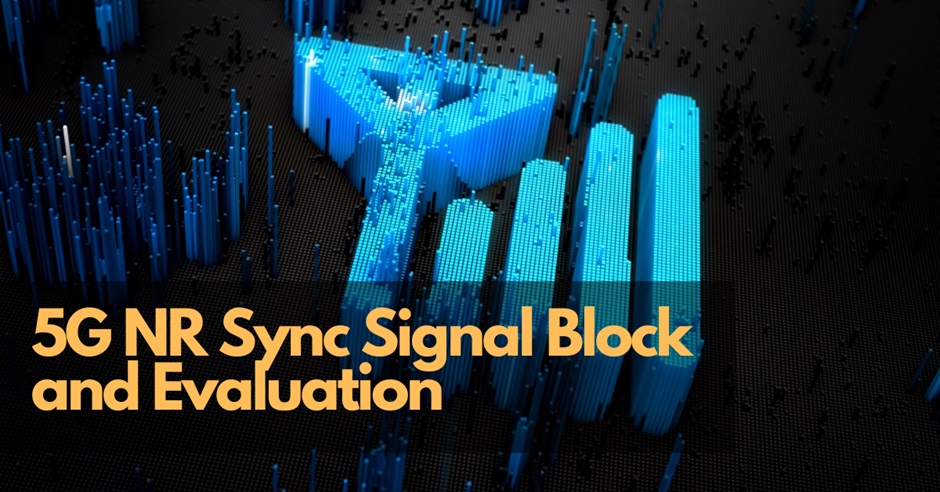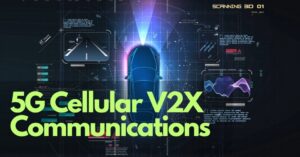
Sändning and Tidsanpassning with RF Drive Test Software & LTE 4G Tester tools
As 5G technology continues to grow, new sites are being set up with a focus on working alongside existing 4G networks. This phase is called Non-Standalone (NSA) mode. Over time, 5G will shift to a Standalone (SA) mode, meaning it will no longer rely on 4G infrastructure. Instead, it will have its own dedicated system, likely built using fiber or microwave radio for fast and reliable backhaul. So, now let us see 5G NR Synchronization and Signal Block (SSB) and Testing along with Accurate LTE RF drive test tools in telecom & RF drive test software in telecom and Accurate 4G Tester, 4G LTE Tester, 4G Network Tester and VOLTE Testing tools & Equipment in detail.
5G Frequency Ranges
5G operates on two main frequency ranges. The first is Frequency Range 1 (FR1), which includes frequencies below 6GHz—also referred to as sub-6GHz. The second range is Frequency Range 2 (FR2), which covers higher millimeter-wave bands from 24 to 52GHz.
FR1 (sub-6GHz) allows for wider coverage and supports up to 100MHz channel bandwidths, making it ideal for more extensive areas. On the other hand, FR2’s millimeter-wave bands have shorter reach but offer larger bandwidths of up to 400MHz, which enables much faster speeds. However, these millimeter-wave frequencies are better suited for densely populated urban areas.
In terms of subcarrier spacing (SCS), which is the distance between frequency channels, 5G offers more flexibility than previous generations. The SCS in 5G NR can vary between 15kHz and 240kHz, with typical values being 15 or 30kHz for FR1 and 120 or 240kHz for FR2.
For signal multiplexing (which determines how signals are transmitted), FR2 uses dynamic time-division duplexing (TDD). Meanwhile, FR1 can use either frequency-division duplexing (FDD) or TDD, depending on the specific use case. When combined with massive MIMO (Multiple-Input Multiple-Output), 5G can use multiple beams for better performance. For example, frequencies below 3GHz use four beams, those from 3 to 6GHz use eight beams, and frequencies above 6GHz can use up to 64 beams.
5G NR Synchronization and Signal Block (SSB)
The Synchronization and Signal Block (SSB) is a key part of how 5G works, similar to how the Reference Signal functions in LTE. This process is called a “cell search,” where the device identifies and synchronizes with a cell. It’s also important for mobility, handovers, and cell reselection when a device moves between coverage areas.
However, this interval can range from 5ms to 160ms depending on network requirements. In some cases, during the initial connection, the SSB repeats every 20ms to ensure the device can catch the signal.
In the higher-frequency bands of FR2, up to 64 SSBs can be transmitted across different beams in a single burst set. These SSBs are sent in a sweep pattern, allowing the device to read the SSB of one beam without needing to process all other beams from the same cell. This is important because millimeter-wave frequencies require precise beamforming due to their shorter range and susceptibility to interference.
In the time domain, four symbols are used for the SSB. The PSS is transmitted in the first symbol, the SSS in the third, and the PBCH in the second and fourth. This order helps the device to identify the cell and acquire system information effectively.
Frequency Positioning and Synchronization
In LTE networks, the PSS and SSS were always located in the center of the carrier frequency. However, in 5G NR, things are a bit different. The positions of these signals can vary, and the 5G NR synchronization raster defines the possible positions where the synchronization signals can appear. This information helps the user device lock onto the network when it doesn’t know the SSB position.
5G NR Testing Challenges
Testing 5G NR networks comes with some unique challenges, especially because of the introduction of TDD technology with burst signals and multiple beams. Testing needs to cover new domains like Power vs Time and Time vs Frequency. The new RAN architecture also requires testing for fronthaul and over-the-air (OTA) measurements. To effectively analyze interference in TDD systems, real-time spectrum analyzers are needed, along with continuous spectrum monitoring. Automated analysis tools are required for evaluating 5G’s bursty signals.
When performing 5G NR testing, it’s important to distinguish between downlink and uplink measurements. Carriers need to be analyzed for specific beam and signal quality, and a route map feature is essential for examining coverage and propagation in both indoor and outdoor environments.
5G NR Testing Procedures
A typical 5G NR testing procedure involves several steps:
- Frequency Confirmation: Verify the center frequency (channel number) and bandwidth of the transmitting carriers.
- SSB Location: Confirm the position of the SSB and check the Subcarrier Spacing (SCS).
- Power Levels: Make sure that all carriers are transmitting at the correct power levels.
- PCI Verification: Check the Physical Cell ID (PCI), which is the unique identifier for each cell site.
- It’s also crucial to test the site’s coverage, measuring signal strength (RSRP) and signal-to-noise ratio (SINR).
Beam Index Analysis in 5G NR
In 5G networks, the gNB (the 5G base station) can broadcast up to 64 beams, each originating from a different angle of the antenna panel. These beams are spread across different areas within the cell site. Beam analysis is crucial for understanding how well a network is performing in different geographical regions. The analysis can be performed either from a stationary position or while moving, such as during drive or walk tests. Beam analysis provides data on critical network parameters like cell ID, beam ID, RSRP, RSRQ, and SINR.
5G NR Coverage Validation
To validate coverage in a 5G network, testing tools usually require an omnidirectional antenna (either for FR1 or FR2) to collect accurate data. Each measurement point needs to capture key details such as time, GPS location, PCI, Beam Index, RSRP, RSRQ, and SINR. This information helps in mapping out the coverage and ensuring that the network is providing strong and reliable service in the tested area.
About RantCell
RantCell is a powerful mobile app designed to streamline network testing, monitoring, and reporting. It delivers real-time insights into network performance metrics such as signal strength, download speeds, and latency—straight from your smartphone. Built for telecom operators and enterprises, RantCell’s user-friendly interface and cloud-based platform make it easy to enhance network quality.
By eliminating the need for costly testing equipment, RantCell is flexible enough for use in both urban and rural environments, ensuring reliable testing in any location. Also read similar articles from here.


